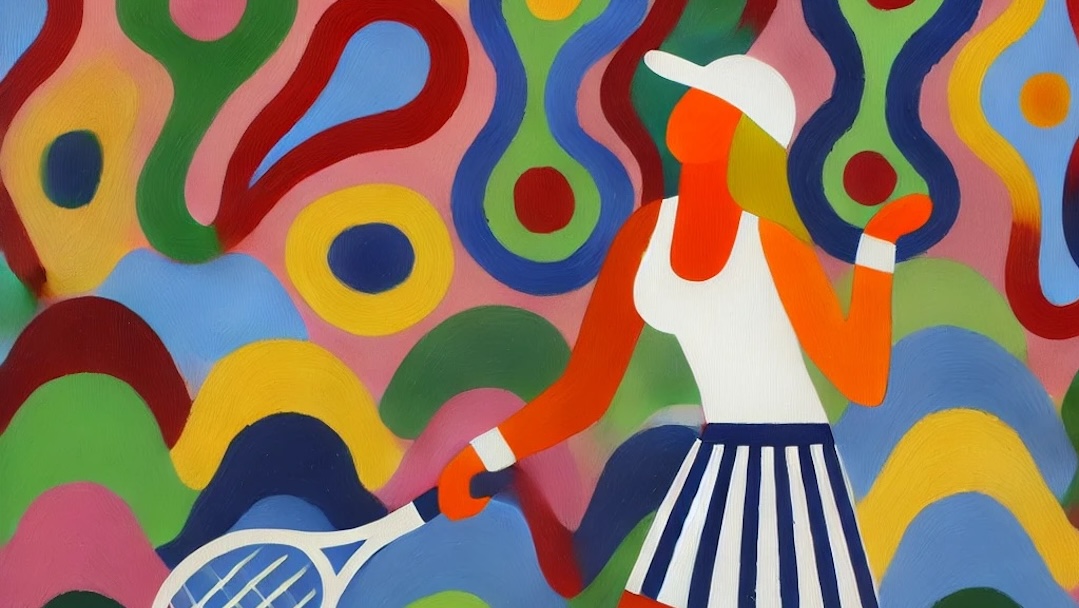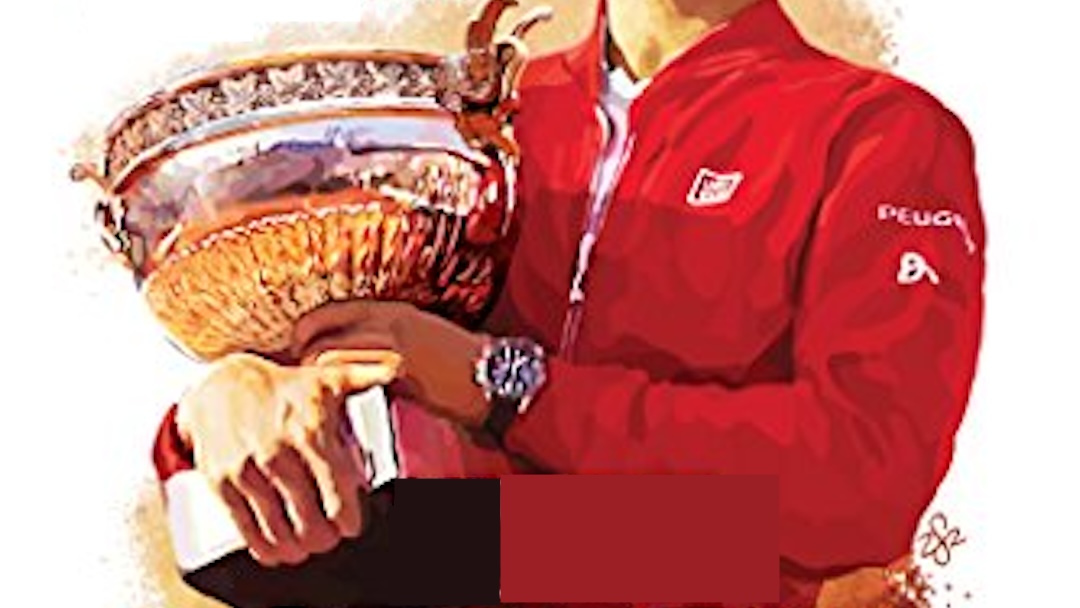Tennis Hits the Books
I finally completed my reading of Levels of the Game by John McPhee. The book is a detailed account of the 1968 semi-final match between by Arthur Ashe and Clark Graebner play at Forest Hills and is widely regarded as a literary masterpiece. The match is the foreground of for a much deeper cultural and societal examination. The backgrounds and attitudes which shaped each player are interwoven with the match play.
I wrote a little about the book in “First Serve: Levels of the Game” on Christmas Eve. At that time I observed that the book is timely to review given the Black Lives Matter movement of 2020. The premise of the book is that Arthur Ashe believed that Graebner’s tennis game was a reflection of his middle class upbringing. That is very close to what would now be termed “white privilege.” On the other hand, McPhee proposes that Grabner believed that Ashe played his style of tennis because he is black.
Not surprisingly there is some language and terminology that might be considered offensive in modern times. At the same time, the book capture an accurate portrait of the era. I am not sure if McPhee would make any alterations if the book was written today. I suspect that the vocabulary of Graebner and Ashe has continued to evolve along with the rest of the world in the interim.
I am embarrassed to discover how much of the history of the tennis is completely lost on me. It wasn’t until I was pretty deep into the book that I realized that Ashe was developed by the same Dr. Johnson as Althea Gibson. In retrospect…duh.
There are passages in the book where Graebner would be judged harshly in modern times. It is important to understand throughout that Ashe and Graebner were good friends who played on the US Davis Cup team together. After Ashe won that semi-final match to reach the finals, Graebner was in the stands cheering him on.
On the surface, this book is about a tennis match. At the core, the book is about a coming of age of a person of color at the highest levels of tennis. It illuminated some of the struggles that Ashe experienced as be bridged this divide in tennis. I think the following excerpt from the book is a wonderful illustration.
Because Ashe is black, many people expect him to be something more than a tennis player—in fact, demand that he be a leader in a general way. The more he wins, the more people look to him for words and acts beyond the court. The black press has criticized him for not doing enough for the cause. He has repeatedly been asked to march and picket, and he has refused. Militant blacks have urged him to resign from the Davis Cup Team. Inevitably, they have called him an Uncle Tom.”
Excerpt from Levels of the Game by John McPhee
I don’t that it would be fair to go back in history to judge Ashe by his actions nor is it fair to do the same for some of Graebner’s sentiments expressed in the book. They were a portrait of the time, doing their best under the circumstances.
This is one of those books that will probably not make you a better tennis player. However, reading it may make you a better person. I highly recommend Levels of the Game for people that are serious about learning about the history of the sport. It is also wonderful for developing a more nuanced view of the evolution of diversity and inclusion in tennis.
Fiend At Court participates in the amazon associates program and receives a paid commission on any purchases made via the links in this article. Additional details on the disposition of proceeds from this source are available in the “About Fiend at Court” page.
As a footnote, I was unable to locate any highlights from the 1968 Ashe-Graebner semi-final, but there is a rather long highlight reel from first set of the match between Ashe and Tom Okker in the subsequent finals. In addition to the tennis, it is interesting to observe that there were no chairs or benches for the players during the end changes. Additionally… there was no set break taken at the end of the 14-12 set. It was… a different era.




